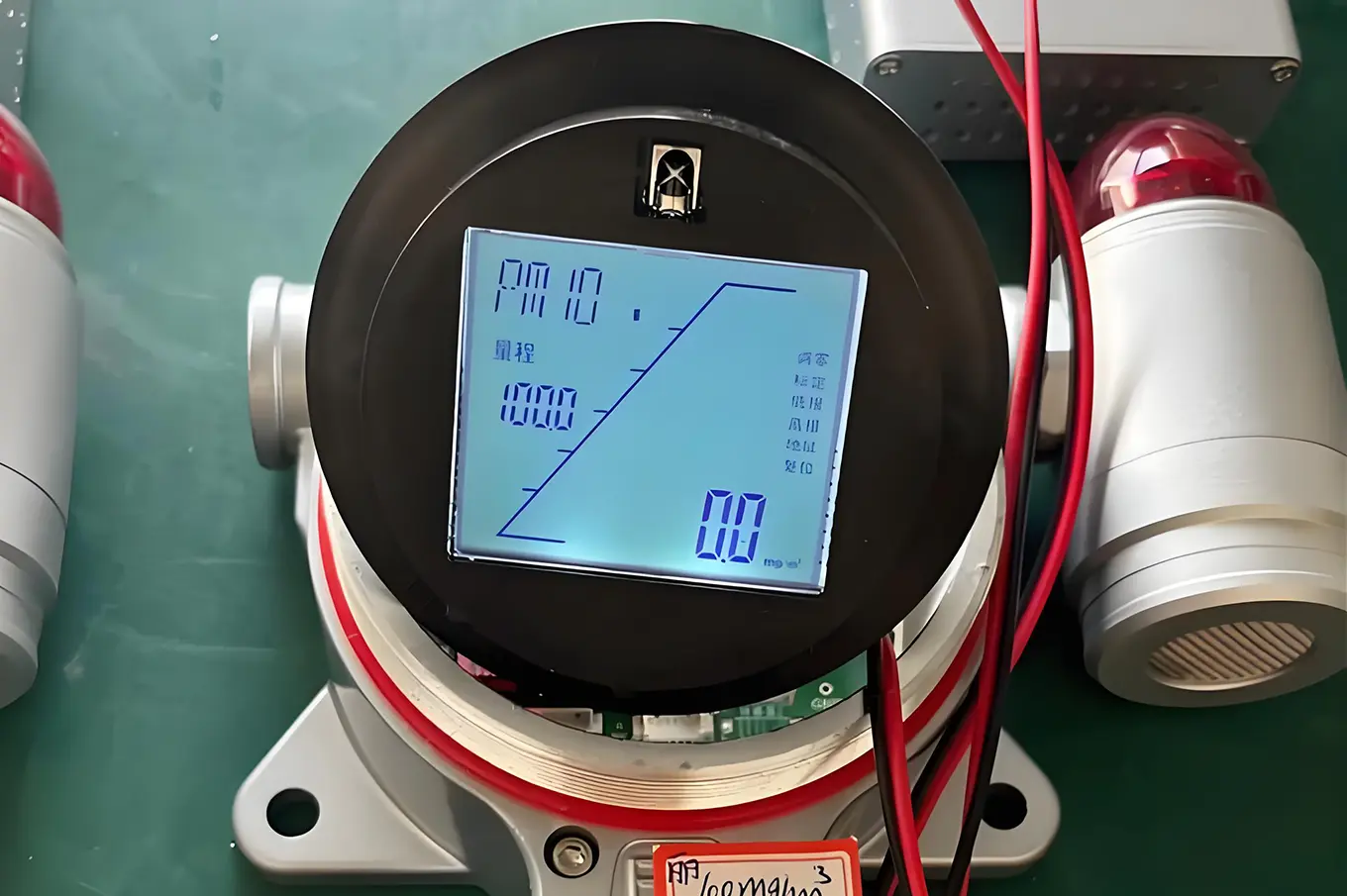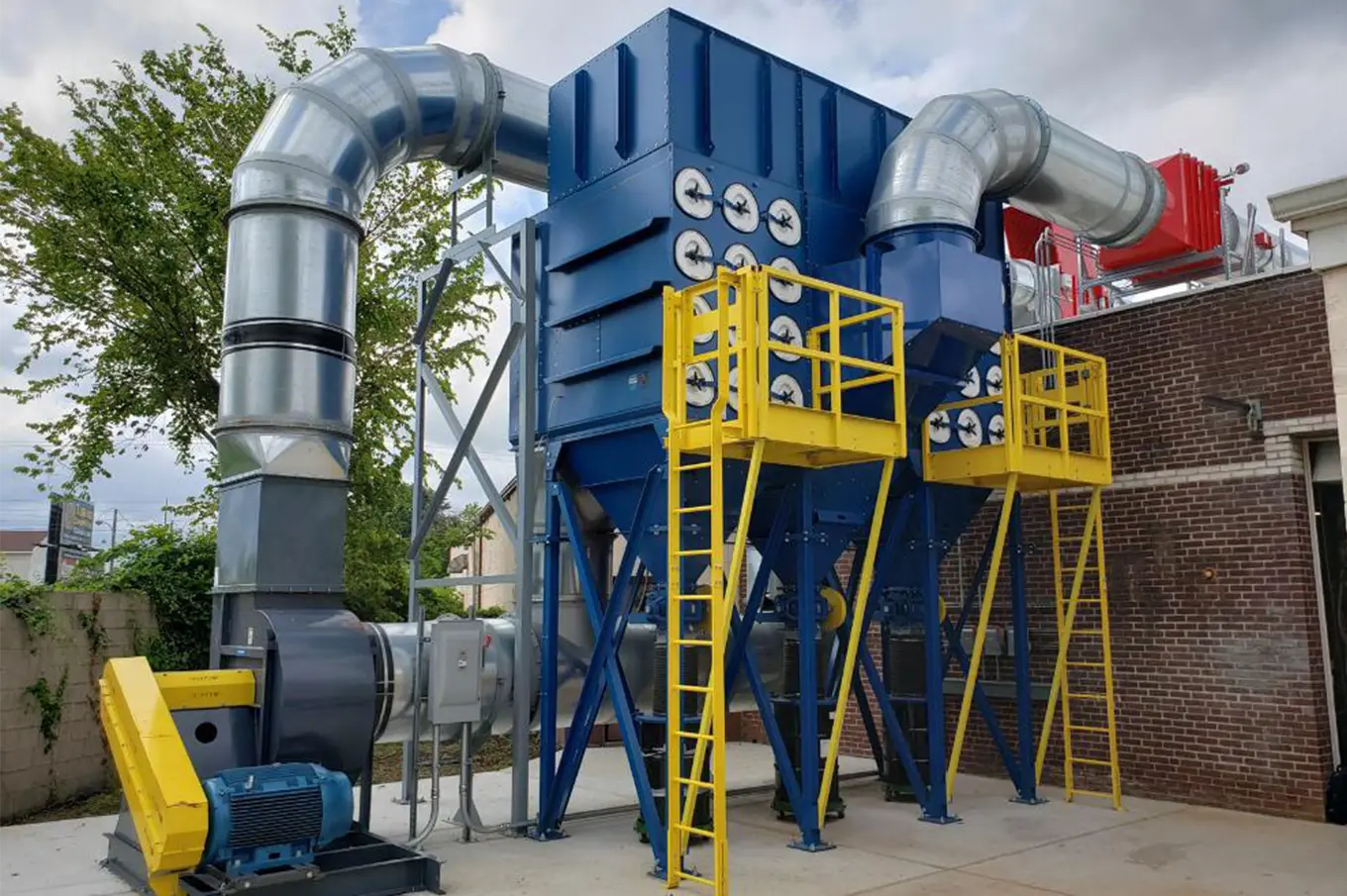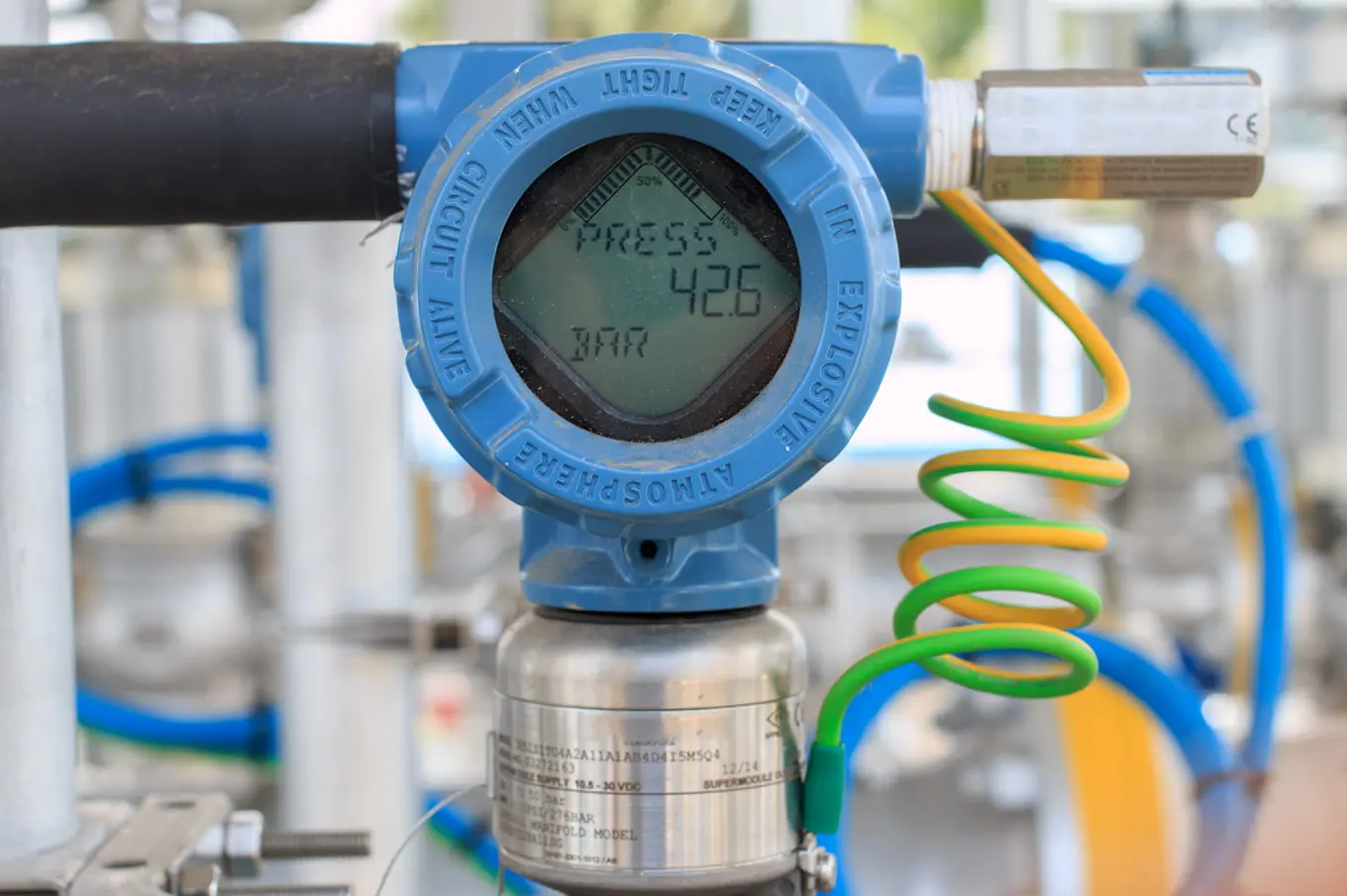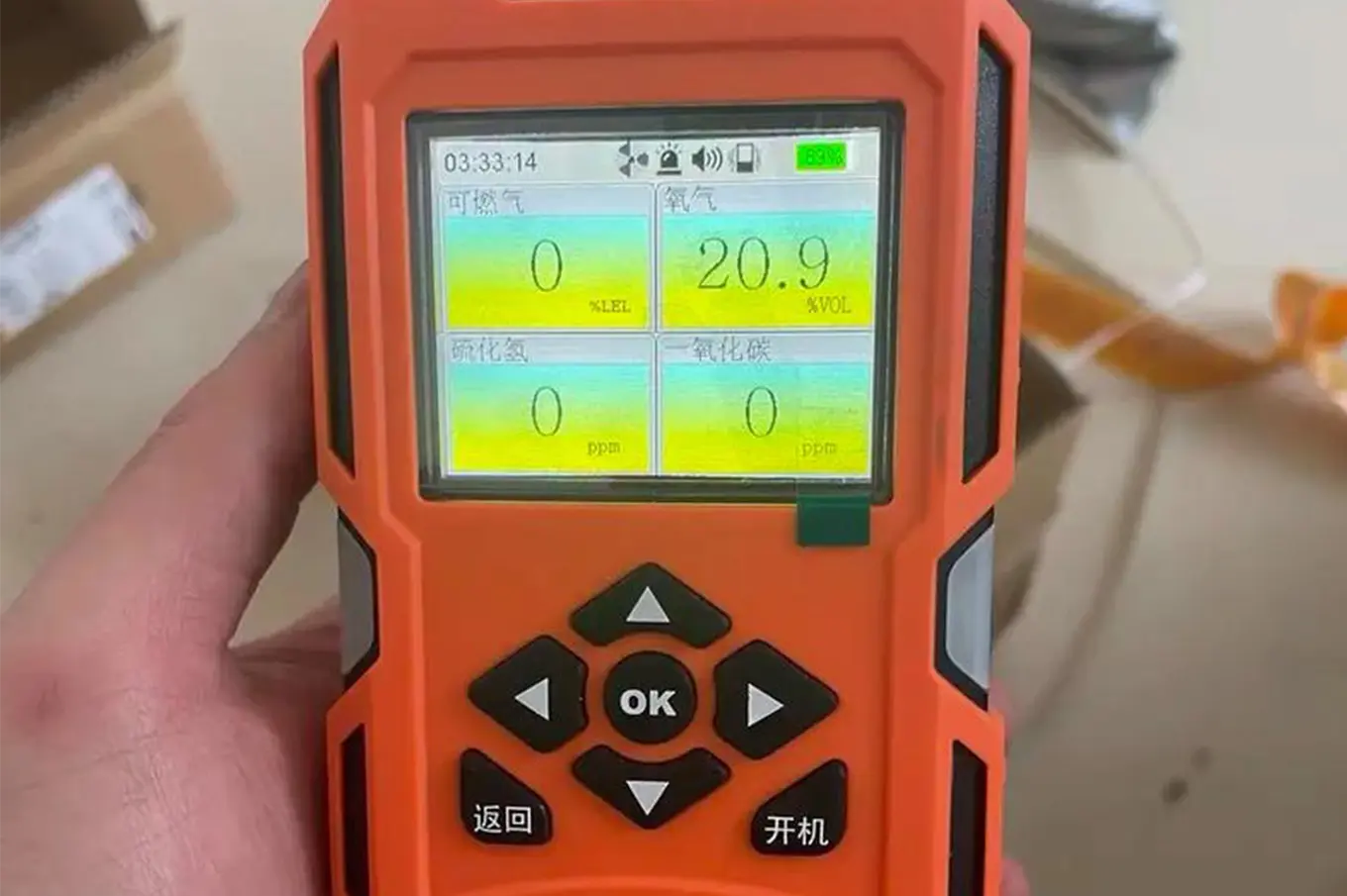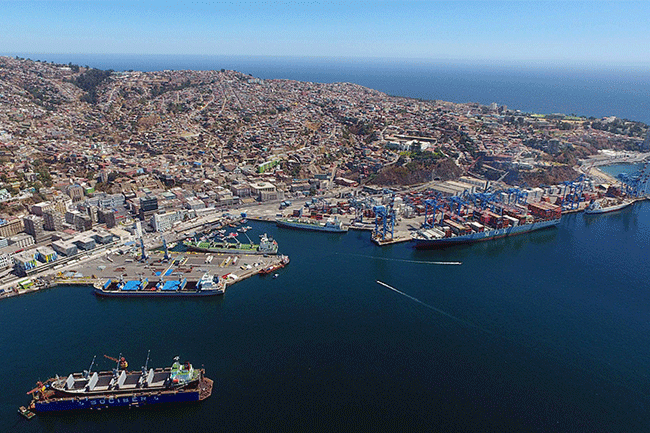- Shanghai Zhongshen International Trading Co., Ltd. – Your reliable partner with 20 years of import/export agency service expertise.
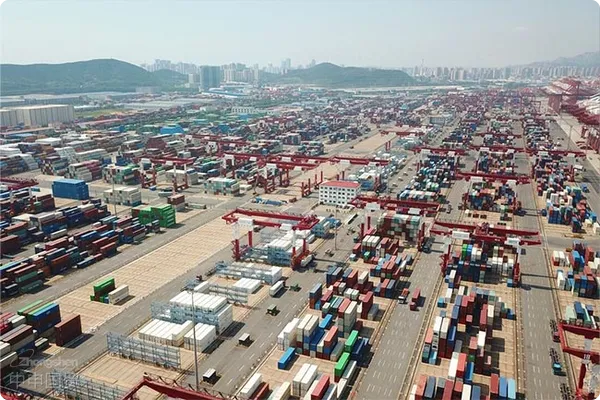
Special requirements arising from industry characteristics
Machinery & EquipmentImport and exportUnlike ordinary commodity trade,A single unit valued at over one million U.S. dollarsThe transportation of precision instruments requires a specialized solution. Our case records show that 34% of port delays stem from incorrect HS-code classification; disputes over the tariff determination of multi-function combined devices occur especially often.
- Technical Parameter Document Requirements
- Latest Extended EU CE Certification Directory
- Updated Scope of UL Certification in North America
- Design of special transportation plans
- Permit Application for the Road Transport of Oversize Equipment
- Precision Instrument Constant Temperature and Humidity Container Configuration
Three Major Predictions for the 2025 Tariff Policy
Based on an analysis of WTO informal consultation documents, possible policy adjustments in the machinery and equipment sector include:
- Tariff exemptions for smart-manufacturing equipment expanded to 12 new categories
- Agent service provider?Equipment importTesting Standard Upgrade (7 New Indicators Added)
- ASEAN Free Trade Area Rules of Origin Adjustment (Local Content Requirement Raised to 45%)
Four-Dimensional Evaluation Method for Selecting Agency Service Providers
A shipping case involving $270 million worth of equipment shows that a top-tier agent must possess:
- Emergency response capability: A response mechanism for resolving customs clearance anomalies within 72 hours
- Completeness of the document system: Covers 63 commonly-used certification template libraries
- Customs Network Coverage: On-site coordination teams are stationed at 15 major ports
- Risk hedging solutions: A bundled solution that includes exchange-rate locking and transportation insurance
Analysis of Typical Dispute Resolution Cases
In a case involving the export of a CNC machine tool to Germany, the distributor avoided a loss of USD 120,000 through three key actions:
- Declare pre-shipment inspection in advance to avoid the risk of post-arrival container inspection.
- Adopt the anti-rust packaging solution filed with AES, compliant withMaritime transportSpecial Requirements
- Prepare two sets of technical documents (business version and customs version) to meet different review requirements.
Cost-optimization feasibility pathways
Comparative analysis shows that professional agency services can achieveOverall costs are reduced by 18–22%.:
- Tariff Planning: Leveraging RCEP Cumulation Rules to Reduce by 3–5 Percentage Points
- Logistics Integration: LCL Consolidation Cuts Transportation Costs by 25%
- Document Management: Electronic archiving reduces document processing time by 92%
Key Points for Establishing a Risk Early Warning Mechanism
A comprehensive agency service system should include a three-tier early warning system:
- Advance Warning: 90-day advance notice of policy changes in trading partner countries
- In-transit monitoring: real-time tracking of 18 critical shipping nodes
- Post-event traceability: Establish a traceable electronic evidence chain
Category Case
Contact Us
Email: service@sh-zhongshen.com
Related recommendations
Contact via WeChat

? 2025. All Rights Reserved.
